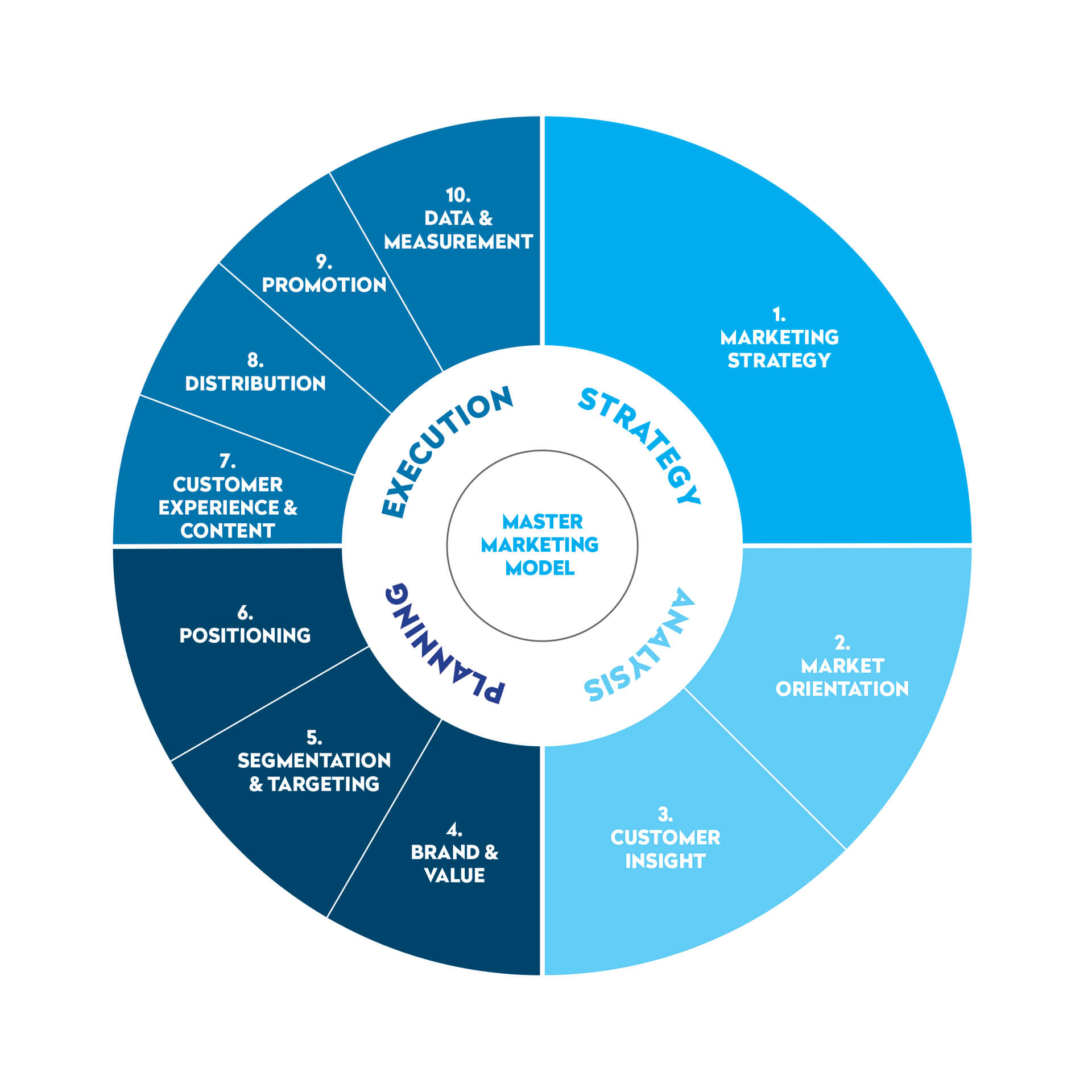Ready to change your digital business model?
The increase in new channels and technologies has dramatically changed the environment in which marketers operate. But the way in which marketing is taught, understood and operates has not really changed. This is not sustainable. We need a new unifying framework as a reference for what marketing has become.
Organisations need to adopt a new model to blend classic and digital marketing.
Alongside this need for a framework, there are new requirements for marketing competencies and capabilities around domains of expertise like data and analytics, customer experience, content, multichannel and personalisation, which are neither properly understood nor being met. This is acknowledged in the marketing industry but not reflected in any definitive model.
Due to these changes and the rise of digital, the marketing function is going through an existential crisis: it is not clear on its own remit; does not know what skills it needs; how to organise itself; and it struggles to resolve a dislocation not only in how it interacts with other business functions but within itself with ‘digital’ vs ‘traditional’ schisms.
The Master Marketing Model (MMM) creates a new framework for applying this thinking within organisations.
The visual of the model below shows the elements of marketing brought together in a new configuration; this provides the context and rationale for this approach.
The MMM is a unifying force which fuses digital and classic marketing into one future-facing framework. This informs marketing’s remit, required competencies and organisational design.
MMM defines marketing in the digital age.
